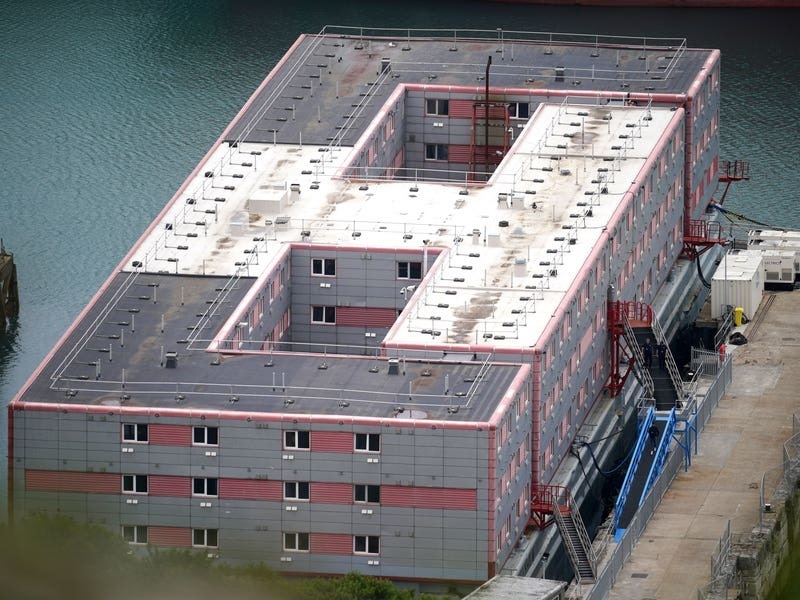JERSEY Airport has a long history of habitat management and, while with larger birds and animals the general intention is to keep wildlife at bay, that is not to say there is not an abundance of delicate wildlife that call the airfield and its surrounding areas home.
Ports of Jersey’s environmental policy is extensive, with programmes in place encompassing its whole estate, an estate which includes Jersey Airport, Jersey Harbours, Jersey Marinas and Jersey Coastguard. Conscious of the impact its business activities can have on the environment, the business works closely with local environmental charities and groups, including Plastic Free Jersey, Trees for Life, Jersey Marine Conservation and Littlefeet Environmental. This is alongside the initiatives the company undertakes itself through staff activities and corporate social responsibility schemes.
Red squirrels are one of many species found on the large green spaces around the airfield. These delightful creatures, which are usually spotted early in the mornings, have presented a problem when found near busy roads not only around the airfield but throughout the Island. Working with Trees for Life, Ports of Jersey has been using its maritime connections to source suitable marine rope to create squirrel crossings in hazardous areas and above busy roads. These rope bridges provide safe passage for squirrels to move from different parts of woodland without the need to cross the road. Work is currently in motion to install the Island’s largest squirrel bridge over the busy road surrounding the airport to provide safe passage to the abundance of woodlands surrounding the Airport.
Although not as revered as our fluffy-tailed friends, Jersey’s airfield is also home to one of the Island’s more unusual creatures. The slow worm (real name Anguis fragilis), is one of three species of lizard found throughout the Island. Often mistaken for grass snakes, these legless lizards can grow up to 50cm in length and live for over 30 years. Ports of Jersey is currently half way through a seven-year habitat programme that has seen measures taken to boost the population of slow worms through relocation and maintenance, working with local ecological company, Nurture Ecology. Steps taken have included coordinating with local farmers to place herds of sheep on the land to control the habitat, as sheep provide a low-impact grazing solution by keeping the grass level low without causing any damage to the slow-worm population.
Grass length also comes into play elsewhere on the airfield with one of the Channel Islands’ largest and last remaining breeding and nesting sites for the ‘red’ listed skylark (Alauda arvensis), which has seen a 50 per cent decline in UK breeding population over the last 25 years. The males are known for their song, which they perform while hovering in mid-air. The female skylarks build their nests in open shallow depressions away from trees, bushes and hedges. The grass on the airfield, left deliberately long to discourage larger birds like gulls, pigeons and crows from trying to forage there, provides the perfect location for skylarks to nest. The birds are not considered to represent a risk to aircraft because of their size and weight of only 42g. Careful consideration is taken when cutting grass on the airfield. Mowing heights are purposefully kept high enough to ensure that the skylarks’ vulnerable nests remain safe.
Ports of Jersey has been working with the Durrell Wildlife Conservation Trust since 2006 on this programme, with Durrell undertaking a population count every year to monitor and identify any trends. The last count, carried out in 2018, identified 51 birds in total, 14 of which were singing males.






